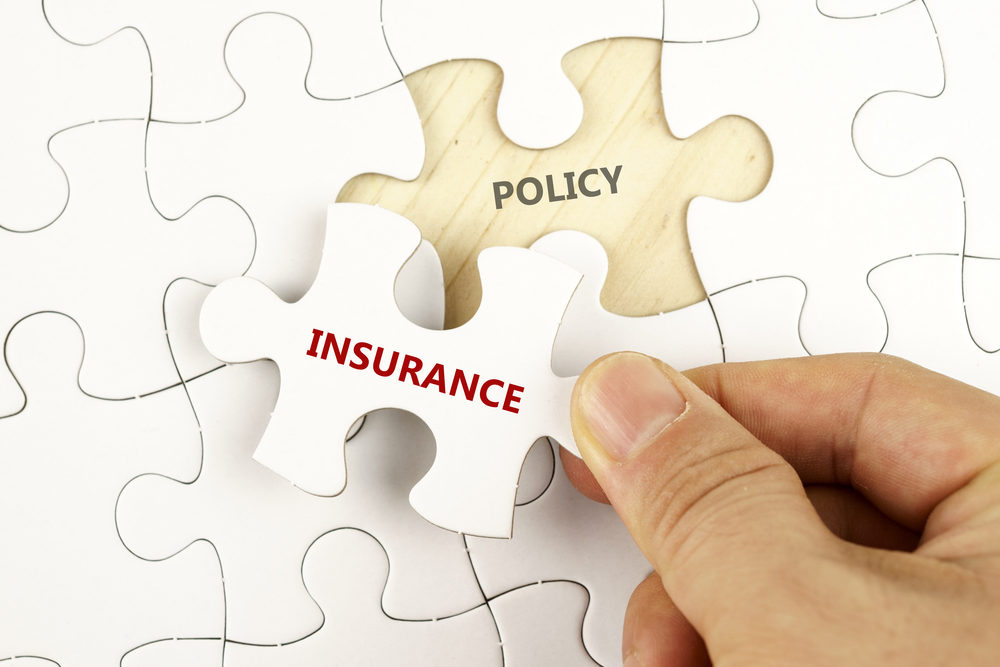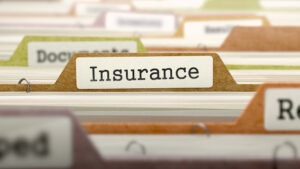
When a person or entity causes personal injuries to one of our clients, one of the first steps we take as experienced attorneys is to determine if the at-fault party has applicable insurance coverage and, if so, how much. For more information on why it is important to identify whether or not a defendant has applicable insurance, click here.
This article is about the importance of obtaining insurance policy limits and how to go about discovering those policy limits.
Why Knowing an At-Fault Party’s Insurance Limits is an Essential Tool in Pre-Litigation Negotiations
An insurance company has a legal obligation to act in good faith when negotiating claims and to protect those they insure. Knowing an insurance policy’s limits can be used as leverage against an insurance company when negotiating a matter. For example, if you have a car accident case that is worth about $25,000, give or take a few thousand dollars, and the at-fault party only has $25,000 in coverage, you can use the knowledge of their policy limits as leverage when negotiating. In this example, if the policy limits are unknown, you might be willing to settle the case for $20,000, even though you believe it to be worth around $25,000 to avoid the cost, time, and aggravation of dealing with a lawsuit. However, if you know that the at-fault party has insurance limits of only $25,000, you can place significant pressure on the insurance company to offer their total policy limit so they can protect their insured from an excess judgment.
What is an Excess Judgment?
An excess judgment is a verdict against the defendant that exceeds any insurance coverage available, and an insurance company has a legal obligation to protect their insureds against this.
In the example above, if their insured caused about $25,000 worth of damage and the insurance carrier does not offer their policy limits when requested, and a verdict is entered against the defendant for $30,000, then the insurance carrier could be on the hook for a bad faith claim from their insured. In this scenario, the insurance carrier did not protect their insured by exposing them to personal liability of $5,000, which is the amount of the judgment ($30,000) minus the policy limits ($25,000.) If a bad faith claim is successful against the insurance carrier, the insurance company would be responsible for the $5,000 excess verdict, attorney fees, and additional costs the Court may deem necessary. Due to the risk of exposing the insurance company to a bad faith claim, insurance carriers are more likely to offer policy limits if the case is valued around those limits because a bad faith claim could cost the insurance company even more money.
In short, once you know an insurance carrier’s policy limits and if the limits are close to the case’s value, it can be used as leverage with the insurance carrier to prevent an excess judgment against their insured and avoid a potential bad faith claim against them as well.
How Do You Discover What The Policy Limits Are?
If you already filed a lawsuit, you can request the policy limits in discovery or file a subpoena duces tecum requesting it from the insurance carrier. It becomes a little more difficult to obtain the insurance policy limits pre-litigation. And if possible, you should always get the policy limits before a lawsuit is filed, as it will only help your pre-litigation negotiation. It should always be a goal to settle a case without having to file a lawsuit.
Medical Bills and Lost Wages are $12,500 or More
Under Virginia Code § 8.01-417, an insurance carrier covering a motor vehicle accident must disclose its policy limits of personal injury liability if the medical bills and/or wage losses submitted equal $12,500 or more. To obtain the policy limits, the injured party must provide the at-fault party’s address (if known), date of motor vehicle accident, accident report (if available), medical records, medical bills, and wage-loss documentation pertaining to the claimed injuries. If this is provided to the insurance carrier, with a written request to disclose their insured’s policy limits, the insurance carrier has 30 days to disclose such limits.
Similar to car accident cases, insurance limits are also discoverable pre-litigation in slip-and-fall cases, if the medical bills and/or lost wages claimed total $12,500 or more. Under Virginia Code § 8.01-417.01, a requesting party shall provide the insurer with the date the injury was sustained, the address of the property at which the injury was sustained, the name of the owner of the residence, the injured person’s medical records, medical bills, and wage-loss documentation pertaining to the claimed injury. If the total of the medical bills and/or wage losses submitted equals or exceeds $12,500, the insurer has 30 days to respond in writing and disclose the applicable insurance limits.
Wrongful Death
In wrongful death cases, where a party died as a result of a car crash or a homeowner’s negligence, policy limits can also be obtained with a written request. Similar to the $12,500 medical bills/lost wage requirements under Virginia Code § 8.01-417 and § 8.01-417.1, policy limits must be disclosed in wrongful death cases, regardless of the amount of claimed medical bills and/or loss of earnings. The requesting party must make this request in writing to the insurance carrier and provide the at-fault party’s address (if known), date of injury, and accident report (if available). The insurance carrier then has 30 days to disclose its policy limits in writing.
Alcohol-Related Charges Associated with Car Accident
If a person was injured in a car crash and the at-fault party was charged with certain alcohol-related offenses in relation to the crash, their insurance policy limits would also be discoverable pre-litigation under Virginia Code § 8.01-417 if charged with one of the following:
- 18.2-51.4. Maiming, etc., of another resulting from driving while intoxicated
- 18.2-266. Driving motor vehicle, engine, etc., while intoxicated, etc.
- 18.2-266.1. Persons under age 21 driving after illegally consuming alcohol; penalty.
- 18.2-268.3. § 18.2-268.3. Refusal of tests; penalties; procedures.
- 46.2-341.24. Driving a commercial motor vehicle while intoxicated, etc.
If the at-fault party is charged—conviction does not matter—with one of the above offenses, their insurance limits would be discoverable regardless of the injured party’s medical bills and/or loss of earnings claimed. The requesting party still must request in writing to the insurance carrier and provide the at-fault party’s address (if known), date of injury, and accident report (if available). The insurance carrier then has 30 days to disclose its policy limits in writing.
Litigation is costly, time-consuming, and exhausting for clients. That is why we at Curcio Law believe it is always in our clients’ best interest to try to settle a personal injury case before having to file a lawsuit. One way of doing this is to discover the policy limits and put pressure on the insurance carrier to provide fair offers on a case or risk the possibility of an excess verdict against those they insure.
If you have questions or need advice following an injury caused by someone else’s negligence, please feel free to call or text 703-836-3366 or contact us online.

Justin Curcio joined Curcio Law in January 2020. Justin received his J.D. from St. John’s University School of Law in 2015. After passing the Virginia Bar in 2015, Justin was in-house counsel for an insurance defense firm (Allstate/Esurance/Encompass) for over four years before joining Curcio Law. During law school, he worked for the Nassau County District Attorney’s Office and the law firm of Bartlett, McDonough & Monaghan, LLP. Contact Justin at jcurcio@curciolaw.com.














Comments for this article are closed.